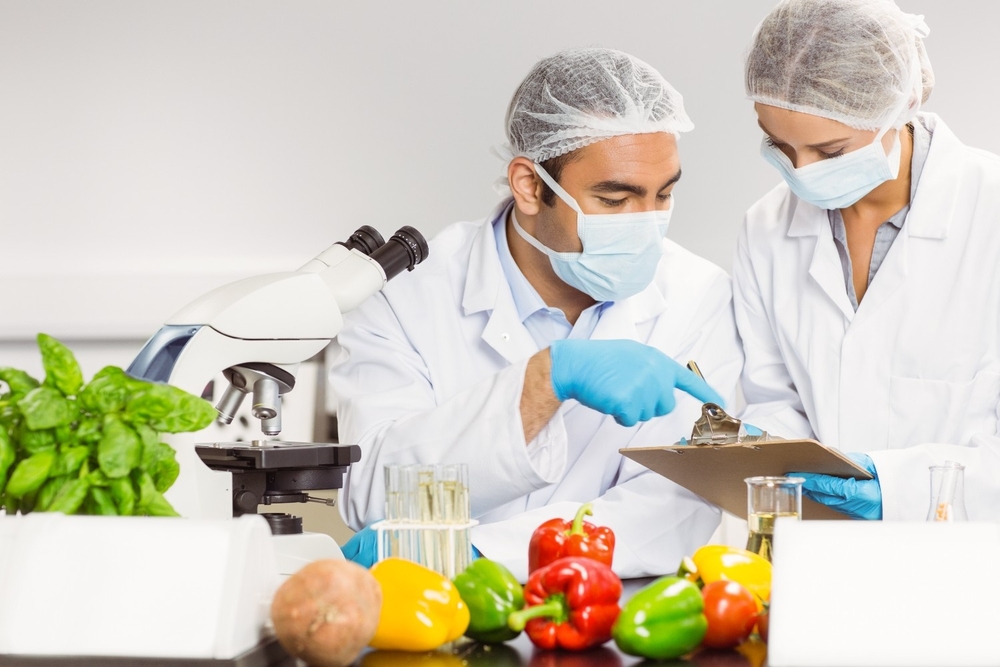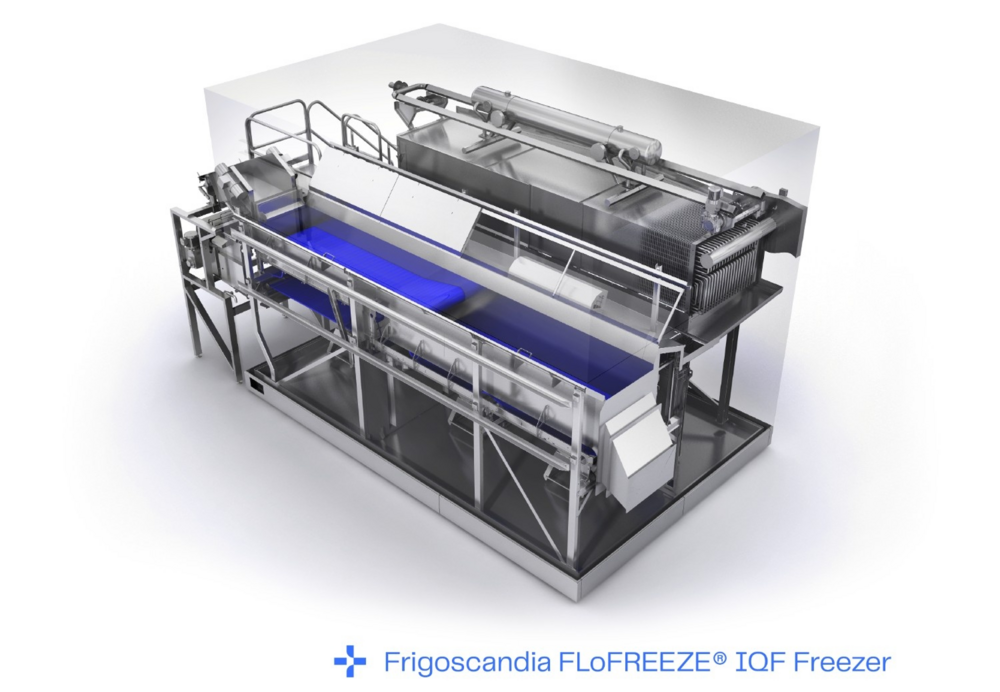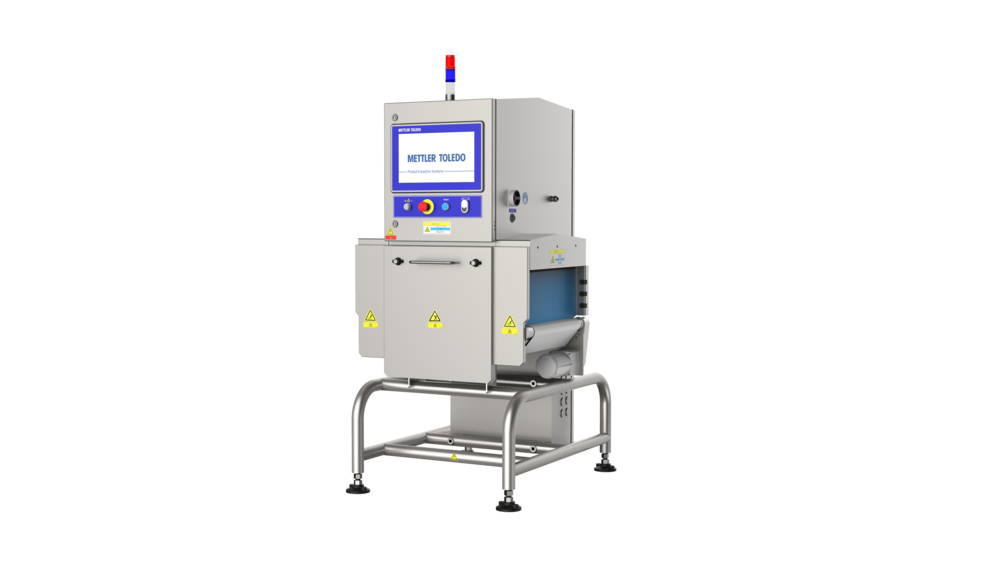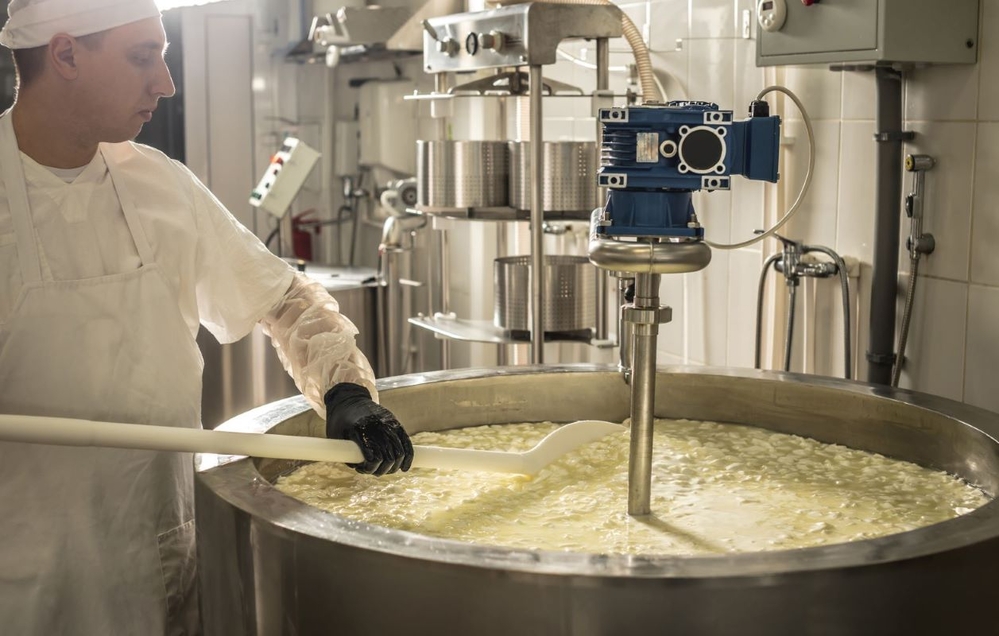Exhibitor Article

Fristam Pumps India Pvt. Ltd.
The Role of AI & IoT in Food Safety & Quality Control
Introduction
We all understand how quickly businesses move. Similarly, the F&B industry of today is also expanding rapidly, and that’s why ensuring consistent food safety and product quality is not only a regulatory requirement—it's a business imperative. With heightened consumer consciousness, tighter government regulations, and international competition, businesses are turning to intelligent solutions. That's where AI and IoT in food industry processes are coming in to revolutionize conventional practices.
While Fristam offers high-performance sanitary pumps and mixing systems, it's the implementation of smart technologies by the customer—such as AI and IoT in food safety and quality control—that drives efficiency and product safety to the next level. Let's see how.
Importance of Food Safety and Quality Control
Food safety is not merely a matter of not contaminating food; it's a matter of safeguarding your brand, building consumer trust, and addressing regulatory compliance. Whether it's a dairy plant or a beverage manufacturer delivering safe and high-quality products is crucial.
AI in food industry workflows help identify risks in real-time and historical analytical data, while food quality monitoring using IoT ensures the visibility of data required to act rapidly. Together, they protect a customer's plate with what is always safe, high-quality, and as desired.
Some Challenges in Food Safety and Quality Control
India's geographical climate variation, regional sourcing, and intricate supply chains bring about a number of challenges:
1. Manual Quality Checks: Human inspection is error-prone and inconsistent.
2. Hygiene Concerns: Inadequate cleaning protocols result in cross-contamination risks.
3. Limited Real-Time Monitoring: Problems tend to be realized after the damage has been done.
4. Supply Chain Gaps: Farm-to-fork transparency issues impact traceability.
Smart, responsive systems are what these challenges require, which leads the path for AI in food industry practices and real-time IoT data harvesting.
Applications of AI in Food Safety
How AI Improves Food Safety & Quality
Imagine AI in food safety as the digital watchdog of the industry. From detecting foreign contaminants in a production line to forecasting spoilage from past trends, AI assists food businesses in staying one step ahead of problems.
Applications of AI in Food Safety include real-time camera monitoring, lab analysis by computers, and even predicting seasonal changes in raw material quality.
1. AI Quality Control & Inspection
One of the strongest benefits of AI in food safety is visual inspection. Vision systems with AI can spot shape, color, and size irregularities in milliseconds, ensuring every product passes quality checks.
These AI based food inspection systems are being used extensively in snack factories, dairy plants, and beverage bottling lines to check seals, labels, and even fill levels—something human eyes can miss during prolonged shifts.
2. Equipment Maintenance of Food Processing
Sudden equipment breakdown in a food factory can result in massive losses—both in time and product waste. AI makes predictive maintenance possible through vibration, temperature, and performance monitoring data from machines.
If you're operating Fristam pumps in your line, implementing AI tools can assist you in forecasting maintenance requirements, minimizing downtime, and preserving sanitary conditions without guesswork.
3. Supply Chain Management
AI in food industry supply chains enhance prediction, raw material scheduling, and spoilage monitoring. Algorithms get better based on learning from previous history and yield tangible results in reducing lag time and increasing food safety during sourcing until delivery.
Whether it’s milk being transported in summer or processed meat in cold chains, AI helps ensure optimal conditions are maintained throughout.
Role of IoT in Food Safety & Monitoring
1. Monitoring of Food Quality using IoT
With food quality monitoring using IoT, businesses can place intelligent sensors throughout the production floor, storage facilities, and trucks. These sensors track real-time temperature, humidity, and microbial counts to avoid spoilage and contamination.
For instance, a brewery that employs Fristam pumps can integrate them with IoT sensors to track fluid flow, viscosity, or temperature in real time, fine-tuning parameters for consistency and quality.
2. Automated Alerts and Real-Time Control
IoT doesn't just monitor; it reacts. Smart systems can be configured to trigger automatic responses—such as stopping a filling line or adjusting flow rates in a pump—when predefined conditions are breached.
This kind of food safety using technology ensures faster response times and minimizes the risk of compromised products reaching customers.
Integration of AI & IoT with Hygienic Pumps
Enhancing Pump Performance with Technology
Fristam’s sanitary pumps and mixers are preferred by food processors due to their accuracy, cleanliness, and durability. When clients incorporate AI & IoT into the systems, advantages multiply:
- Intelligent Flow Control: AI-driven systems control pump speed according to product thickness or target filling.
- Energy Savings: IoT monitors energy consumption so operational adjustments can be made to conserve power.
- Self-Cleaning Monitoring: Helps ensure CIP cycles are working, minimizing water and chemical usage.
While Fristam supplies the pumping equipment, the integration of client-side AI and IoT solutions makes the process smarter, cleaner, and efficient.
Future of AI & IoT in Food Safety
The future of AI integration in various industries looks promising. With India driving smart manufacturing and "Digital India" initiatives becoming more robust, the food sector is poised to adopt deeper tech integration.
- AI-powered robotics will continue to automate inspections.
- Blockchain + IoT will provide supply chain transparency.
- Machine learning will build predictive models for ingredient performance.
Embracing AI and IoT in food industry workflows today means staying ahead of compliance and competition tomorrow.
Final Thought
As food safety laws become more stringent and consumer demands increase, the future is pairing intelligent technology with dependable equipment. While Fristam provides the sanitary pumps and mixers relied upon throughout India's food and beverage industry, it's the customer's implementation of AI in food safety and IoT in food quality control that releases full-scale operational excellence.
Visit their website : https://www.fristam.in/
To participate at the trade fair please fill in our EXHIBITOR ENQUIRY form and our sales team will connect with you. To register as a visitor to attend the expo, kindly fill in our VISITOR REGISTRATION FORM.







